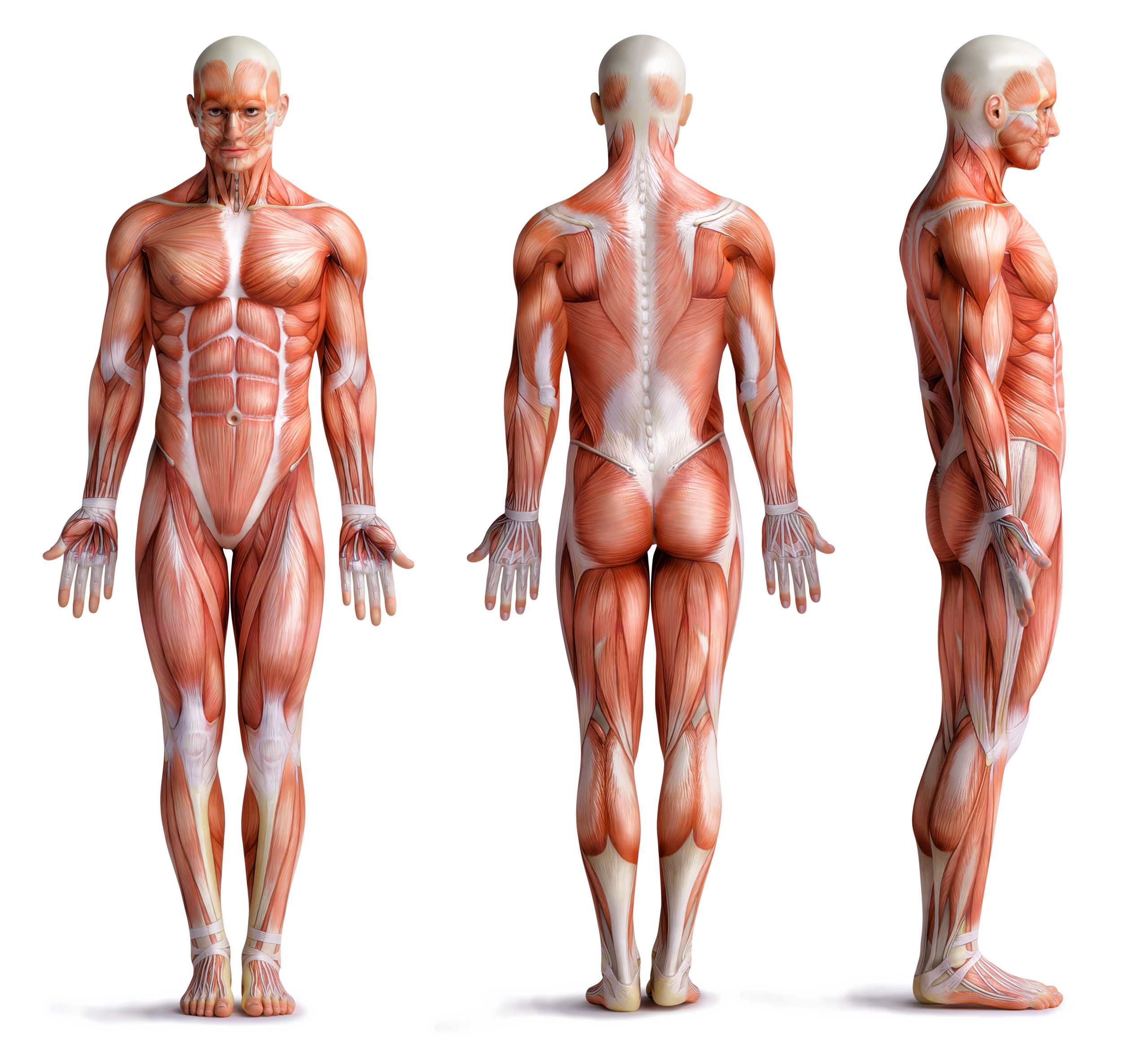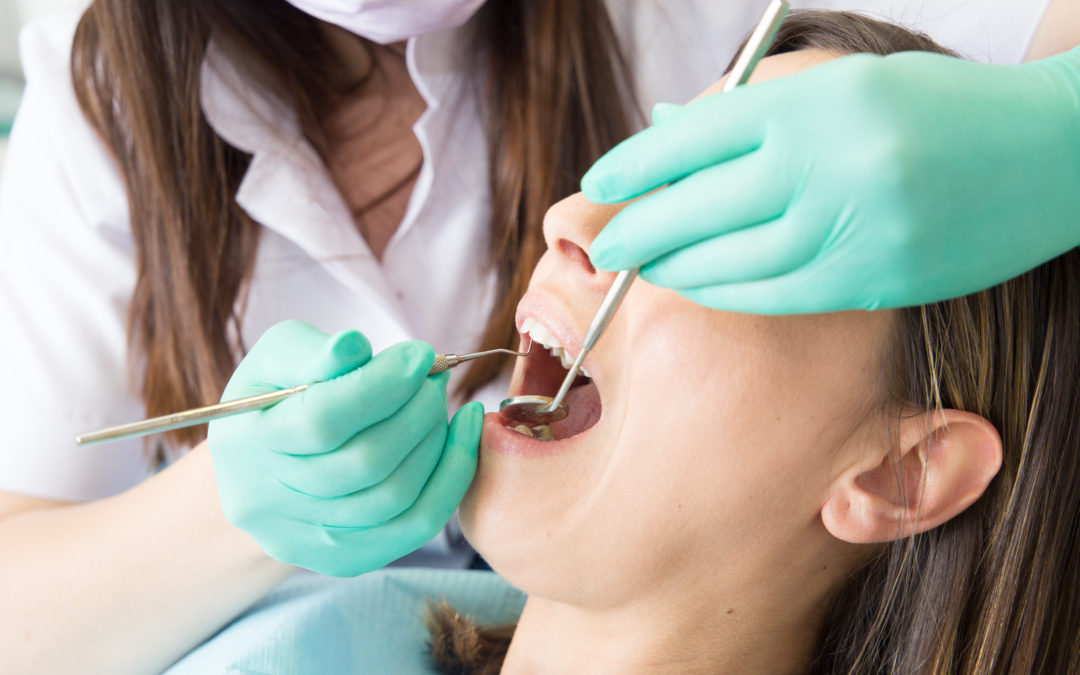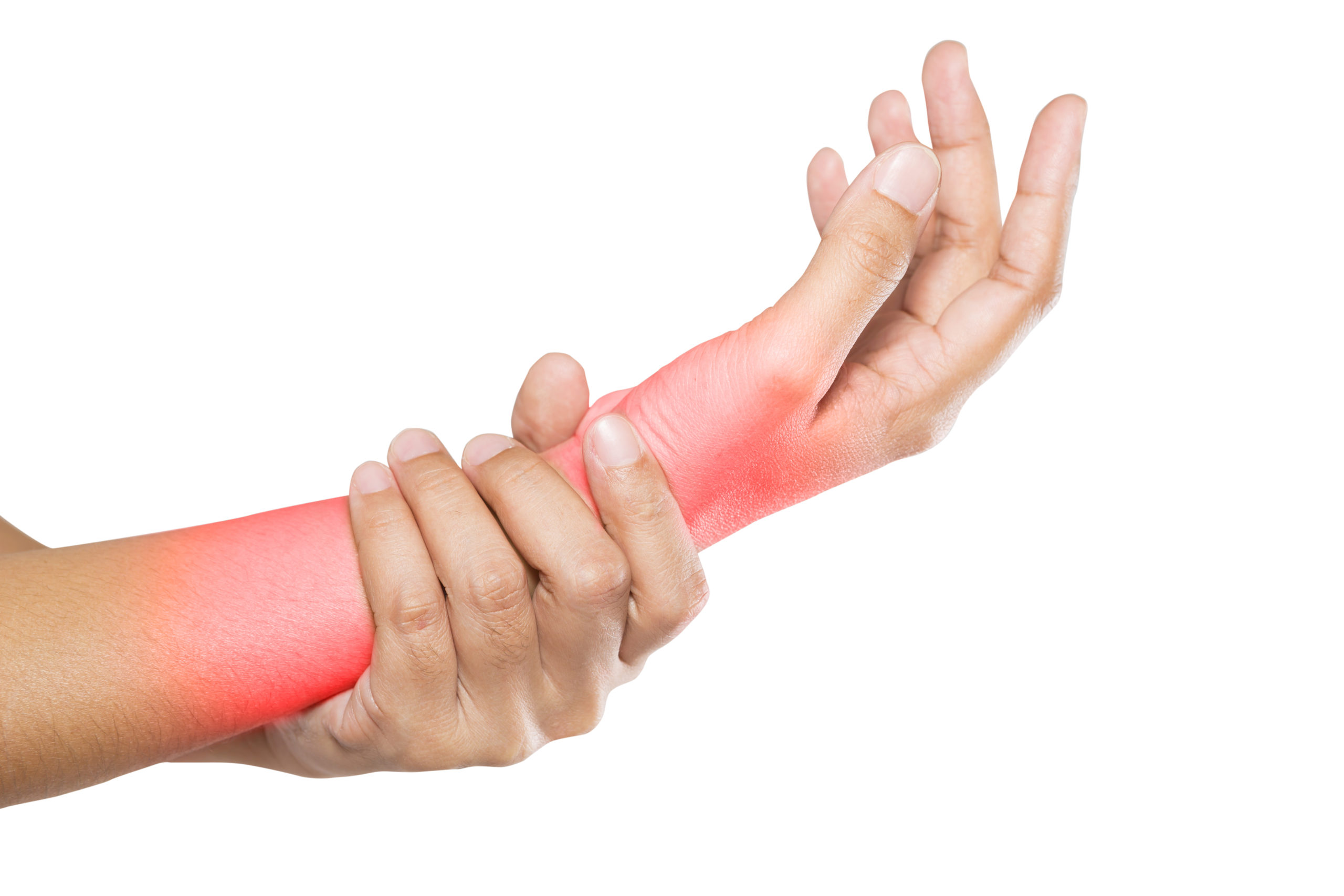by vicakbb | Dec 28, 2015 | Applied Kinesiology, Feet
Your car’s wheels, along with the tires that encircle them, are your car’s connection with the ground. If they are out of alignment or bent from road impacts (here in Michigan?!?) they can make your driving experience less than smooth. In fact, driving your car with crooked wheels or bad tires or having them not point together in the direction they were originally designed to point can make driving a miserable experience.
Your feet are your wheels. They are your connection with the ground, and if they are out of alignment or crooked from trauma (ie, jolts, jars, falls, etc.) then they can make your walking or running experience miserable. Standing may also be bad, causing you to endlessly shift from one foot to another in order to take pressure off a damaged foot.
Hi! My name is Dr. Joel Vickers. I have been practicing Chiropractic in Michigan since 1991 and I use Applied Kinesiology as my primary diagnostic tool. If you’d like to learn more about Applied Kinesiology, read my article, “Muscle Weakness From Trauma.”
Ankle sprains are one of the most common injuries to the foot. I sprained both of my ankles playing basketball…the right in 8th grade and the left in 9th grade. After these initial sprains I re-sprained them, over and over, receiving a variety of therapies and getting them taped before practices and games.
Nothing helped. That is, until I was treated by a Chiropractor who knew and understood Applied Kinesiology. After examining me to find out which muscles were turned off, my weak foot muscles were turned back on and balanced…without any exercises, therapies, braces, or endless taping! And, they have stayed that way ever since!
If you know of someone whose “wheels” aren’t working the way they should, send them to me, Dr. Joel Vickers, at Vickers AK Chiropractic. Call today at (616) 738-1200.

by vicakbb | Dec 28, 2015 | Applied Kinesiology, Chiropractics
There are many causes of back pain, but muscle weakness due to trauma is by far the primary cause of low back pain.
Think back on your life and try to remember all the jolts, jars, falls and accidents you’ve experienced, not just as an adult but also as a child. Most of the time there is no damage to your muscles; you get back up and go about your business with only temporary soreness.
But then there were other times, and you hit hard…really hard! You knew something was injured although you may have not understood just how the injury occurred. If you were a child, your parent or caretaker may have “kissed your boo boo” and once your crying stopped everything was “all better”. If you were a young adult or an adult, maybe an athlete, then out of sheer pride or determination you kept on going and didn’t want to stop. After a while…maybe days or weeks or months later, the pain slowly went away and you assumed it was “all better”. But, was it…really?
As soon as a muscle is turned off from trauma, the body attempts to biomechanically adapt to what has happened in an effort to keep you from feeling pain. This doesn’t mean that the problem is corrected; it means that your body attempted to make you feel better while it quietly goes into a distortion pattern. Millions of people are walking around with these postural misalignments and don’t even know it! And these misalignments affect the spine, which in turn affects the spinal nerves that feed other muscles, bones, sections of your skin, and, of course…your organs. (Nutrition Response Testing patients take note!)
My name is Dr. Joel Vickers, and as a trained Applied Kinesiologist I can see (with posture analysis) test (by manual muscle testing) and correct (through Applied Kinesiology muscle balancing techniques) postural distortions caused by muscles that are turned off and are no longer pulling their own weight. Call Vickers AK Chiropractic at (616) 738-1200, and I will help you get out of pain and…get back the strength you once had.

by vicakbb | Dec 28, 2015 | Applied Kinesiology, Muscle Damage
Do you ever wonder why you can’t do the things you used to do when you were younger? Things like…walking, or running, or jumping? Are you telling your friends you can’t take them up on their offer to play in that softball or volleyball league with them because of that old hip or knee injury, the nagging shoulder pain, or the wrist soreness?
Have you told your buddies that the flag football or basketball games are now just a distant memory and that you don’t do that anymore… not because you don’t want to but because you hurt too much afterwards?
Hi! My name is Dr. Joel Vickers. I have been practicing Chiropractic in Michigan since 1992, and I use Applied Kinesiology (AK), Nutrition Response Testing (NRT), and Morphogenic Field Technique (MFT) as my primary diagnostic tools. Many of you already know about NRT and MFT so I’d like to tell you a little bit about Applied Kinesiology.
Applied Kinesiology or “AK” is a diagnostic system where manual muscle testing is used to help the doctor make his diagnosis. Started in 1964 by a second-generation chiropractor in Grosse Pointe Woods, Michigan, AK is widely known as the granddaddy of muscle testing techniques. AK is taught only to those who are licensed to diagnose, which limits its use to physicians. There are only about 150 doctors who use AK worldwide!
I primarily use AK as a muscle-balancing technique to restore balance and, hence, enhanced function to the human frame. 900 hours of AK Training and 25 years of experienced use of this wonderful technique has allowed me to help restore muscular balance to thousands of grateful patients.
But, a short anatomy lesson first…
There are 650 muscles in the human body. These muscles hold the 200 bones in their proper position (posture) and they move the bones around (movement) like when we walk, run, jump, write, type, cook, talk, etc. Every time we move, our brain calls on a muscle or a combination of muscles to help us move our body or parts of our bodies.
Some of our muscles are regulated automatically by our nervous system, like our heart muscle, which pumps blood throughout our bodies, or the diaphragm, which helps us breathe. The rest are moved voluntarily by us telling our brain what we want to do.
These muscles can become weak. I don’t mean “weak” from not using them at all or not exercising regularly because we use our muscles all the time. Did you know that within fifteen minutes of getting out of bed in the morning you have used all 650 muscles! What I’m talking about are these two types of muscle weaknesses:
- Muscle weakness due to trauma to the muscle itself
2. Muscle weakness due to organ dysfunction
In this report I will address the first type of muscle weakness, weakness due to trauma to the muscle itself. In another report I will address the second type of muscle weakness that is due to organ dysfunction.
First, let’s look at how a muscle may become weakened through trauma, ie. jolts, jars, falls, accidents, etc.
Did you know, in an auto accident at 30 miles-per-hour you experience approximately 2,000 pounds of shear force to your head and neck? No wonder they call it “whiplash”! What if you’re going 15 miles-per-hour and hit someone coming straight at you at 15 miles-per-hour? Same thing. The effective speed is still 30 miles-per-hour and the force is the same. Unless you’re Superman or Superwoman, you cannot stop the damage that will occur to your body.
People have died from an 8 mile-an-hour impact.
Consider these other more common scenarios as well…
Two athletes are running towards one another at high speed and they collide. A rider falls off their horse. A cyclist falls off their bike. An athlete sprains an ankle. Another torques their knee. A weightlifter injures their shoulder lifting weights. A person walking on a slippery surface falls down, injuring their back, leg, shoulder, and wrist. A dental patient receives trauma to their jaw from dental work or from braces…which is more common than you think! The possibilities are endless.
We live in a high-speed world…way faster than our ancestors. Accidents happen all the time and some accidents are worse than others. Most of the time our body handles the trauma well and we only have a few days of down time until we are up and running again. However, sometimes our bodies don’t handle the trauma, and we suffer from it, either immediately or later…sometimes much later in our lives.
Many people think that, if there are no broken bones then their trauma wasn’t severe enough to warrant any doctor’s or therapist’s intervention. Nothing could be further from the truth!
However, if bones are broken or ligaments torn, then that amount of force generated will certainly take its toll on weaker tissues, such as muscle tissue. This explains why, after fractures or ligament damage, most therapies take so long, often without any lasting benefit.
Exercising a muscle that has been damaged via trauma won’t turn it back on. Specific exercises may strengthen muscles around the damaged muscle, but the damaged muscle will continue to stay weak. Ask anybody who has done specific exercises after an injury. As soon as they stop doing them, the problem comes right back.
I use AK to help me find the muscles that have been weakened through trauma…but that’s just the beginning. I also use it to restore normal function of the weak muscle.
In other words…I turn the muscle back on!
There are at least twenty different therapeutic techniques that I use to turn muscles back on. These twenty plus techniques are not used all at once nor are they all used on the same muscle. Some muscles may require two or three therapeutic techniques to get them functioning normally and others may require just one.
What’s exciting about this is that it requires no specific exercises, and no weights, pulleys, or rubber bands! Even more exciting is the fact that, once a muscle is turned on, it won’t need to be turned on again. It is now working 100%, for life!
That is, unless you injure it again.
Isn’t having the use of all our muscles one of the major things we all want as we get older? Wouldn’t you like to be able to go hiking with your grandchildren or your great grandchildren…when you’re 80 or 90 years old? How about playing tennis when you’re 70 or 80 or beyond? How about playing full-court basketball with players who are 30 or 40 years younger than you, not only keeping up with them but be considered a serious competitor in their eyes?
Or have you given all that up because of some nagging pain or injury that keeps you sidelined while others go out and enjoy life? Years ago I met up with a friend of mine from high school at our ten-year reunion who told me he had stopped playing basketball because he kept injuring himself…and he didn’t want to miss any more work. How sad! What have you given up in your life due to injuries that were never addressed, movement that was lost, and function that wasn’t restored?
I know and understand these types of questions and I can help you, your friends and your loved ones gain back the pain-free movement that we all desire.
Call Vickers AK Chiropractic at (616) 738-1200 today to make your appointment with me, Dr. Vickers, and let’s get your body functioning the way mother nature intended it to function.

by vicakbb | Dec 28, 2015 | Applied Kinesiology, TMJ
Have you ever wondered if your jaw pain or misalignment, your headaches, or your body aches and pains are the result of that last visit to your dentist? If you do then you’re not alone. But did you know that the number one cause of TMJ disorders is the actual dental work itself? That trip to the dentist may have long-lasting effects other than just a cute smile and straight teeth.
It’s important to understand that this isn’t the dentist’s fault. They need to get their hands inside your mouth to do the necessary work and get the job done. If the dentist has larger hands, then they may need to open your mouth wider, stretching and consequently turning off muscles in your jaw. If the patient has a smaller mouth, then the patient may need to open their mouth wider to accommodate the dentist and their tools, resulting in the same injuries. By the way, having a “big mouth” can help you avoid TMJ and cranial problems.
So, what are your options? Bite splints are often used to hold your jaw in its proper alignment. Braces may have to be re-installed in an effort to correct muscular weaknesses and imbalances caused by the dental work. However, this approach to a TMJ muscular imbalance is like keeping your broken bone in a cast forever or using crutches for the rest of your life.
Other therapies include making structural corrections in the bones that make up our head, otherwise known as the cranium. Cranial Therapy, Cranial-Sacral Therapy, Sacro-Occipital Technique, etc. are names of various techniques that have been developed to normalize the movement of these cranial bones. Our cranial-sacral movement is extremely important to help keep our bodies healthy.
These therapies, which include gentle movements that encourage these bones to move correctly, are excellent and needed. However, it is important to remember that muscles move bones and hold them in their proper alignment…not the other way around. Moving these bones is often only half the therapy needed.
Another approach includes the ability to diagnose and turn back on the muscles of the head, neck, and jaw that can become injured and “turned off” through jolts, jars, falls, and impacts, as well as through dental work.
As an Applied Kinesiologist, I have been trained to perform cranial therapy via manipulation of the cranial bones. I am also trained to discover which muscles of the jaw have been turned off and then I turn them back on so they will hold and maintain the required cranial corrections.
Structural imbalances in the cranium and the TMJ mechanism may be linked to such maladies such as (the obvious) jaw pain, headaches, vision problems, neck and upper back pain, as well as (the not so obvious) knee pain, middle back and low back pain, foot pain, as well as digestive problems of all kinds.
If you or your loved ones are suffering from the results of jaw trauma, call me, Dr. Joel Vickers at Vickers AK Chiropractic at (616) 738-1200 and let me fix your TMJ and cranial imbalances!

by vicakbb | Dec 28, 2015 | Applied Kinesiology, Carpel Tunnel
Carpal Tunnel Syndrome is caused by a nerve that’s trapped in your wrist. Carpal Tunnel Syndrome, or CTS, is understood much better if you look at it from the perspective of an Applied Kinesiologist.
My name is Dr. Joel Vickers and I practice Chiropractic and specialize in Applied Kinesiology (AK). I’d love to tell you all about Applied Kinesiology in this article, but I’ve already written a previous article, “Muscle Weakness from Trauma” that explains AK much better, and I encourage you to read it as soon as you can.
First of all, it’s important to understand that muscles move bones; bones do not move muscles. Muscles also hold bones in their proper position, and when these muscles work properly all the other components (nerves, arteries, veins, ligaments, discs, joints, etc.) that are located in and around these properly balanced muscles work exactly the way they were designed to work. If any of these “components” fail to work properly or fail to pull their own weight they put the burden on the other parts that, as a team, function to move our limbs and our trunk around.
In the case of CTS, one of the simplest cures is to turn on and re-balance the muscles of the forearm, or arm, or shoulder. That’s it. Not “exercise it”, not “stretch it”, not “ultrasound it”, or “cold pack it”, or “hot pack it”, or anything like that. Receiving a cortisone shot or taking anti-inflammatory drugs may cover up the pain, but they will not and cannot turn on muscles or re-balance the muscles of your forearm, arm, and shoulder.
If you know anyone who suffers from Carpal Tunnel Syndrome, maybe someone who has fallen and injured their wrist or arm, don’t let them suffer needlessly. Please send them to me, Dr. Joel Vickers, at Vickers AK Chiropractic, and I will help them back to full strength with full use of their hand and arm! Call today at (616) 738-1200.





Recent Comments